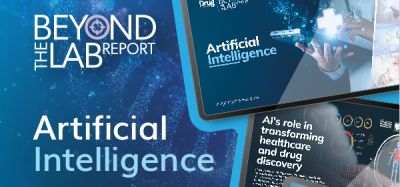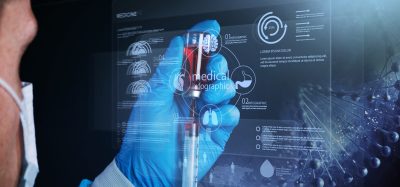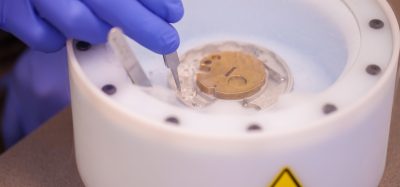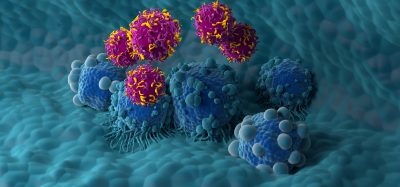Novel computational model to study cancer dynamics
Posted: 1 December 2023 | Drug Target Review | No comments yet
An advanced computational model enables scientists to study how cancer cells navigate through blood vessels.
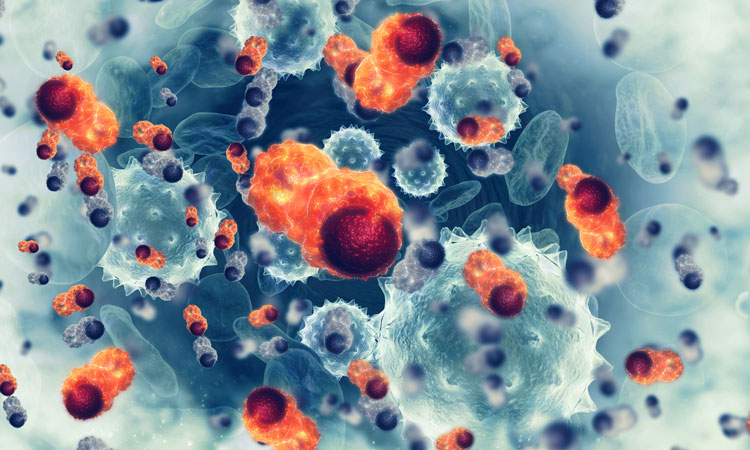

A computational model that simulates the movement of individual cancer cells across long distances within the entire human body has been greatly advanced by biomedical engineers at Duke University.
The model, named ‘Adaptive Physics Refinement’ (APR), captures detailed cellular interactions and their effects on cellular trajectory, providing invaluable knowledge about the movement of metastatic cancer cells.
“it’s impossible to simulate the movement of every red blood cell in all of the body’s blood vessels, so we had to find a way to work around those computational limitations.”
Aristotle Martin, a PhD candidate in the Amanda Randles laboratory at Duke Biomedical Engineering explained: “Cancer cells in our bloodstream are influenced by bumping off of and moving around nearby red blood cells and other cellular interactions…But it’s impossible to simulate the movement of every red blood cell in all of the body’s blood vessels, so we had to find a way to work around those computational limitations.”
One of the most complex issues in cancer studies is understanding the dynamics of how cancer cells navigate through the body’s blood vessels. This is key for early detection and potential targeted treatment. However, studying these processes in living patients is unattainable, so requires advanced computational models to simulate cancer cell dynamics instead.
For over a decade, Dr Amanda Randles, the Alfred Winborne and Victoria Stover Mordecai Associate Professor of Biomedical Sciences at Duke, has been making and enhancing computational methods that investigate these processes. A highly scalable hemodynamics simulation package called HARVEY, designed to operate on the world’s most advanced supercomputers, is one of her key contributions.
However, to calculate the trajectory of a single cancer cell, models are required to capture its microscopic interactions with the surrounding red blood cells. The human body contains around 25 trillion red blood cells and five litres of blood. Even with the largest modern supercomputers, only a region containing one percent of this volume at cellular resolution can be recreated.
To overcome this issue, a large team with collaborators from Lawrence Livermore National Laboratory (LLNL) and Oak Ridge National Laboratory (ORNL) took a new approach. Led by Dr Sayan Roychowdhury, a former PhD student in the Randles laboratory, the scientists extended the lab’s existing algorithm to include interactions with millions of neighbouring red blood cells. As the cell of interest moves through the vasculature, the APR model creates a high-resolution window that tracks it.
To make this approach work, the moving window is coupled to a simulation of the entire vascular domain, modelling the blood as a bulk fluid. Samreen Mahmud, a PhD student in the Randles Lab, said: “The most cells that we have ever simulated at one time is 580 million…Our goal was to maximize the window size to see how many cells we could capture using a leadership class supercomputer. We then focused on reducing the computational cost and efficiently moving the method to the cloud.”
Simulating a cancer cell’s movement across a centimetre using a single node on Amazon’s Web Services (AWS) for 500 hours, demonstrated the efficiency of the algorithm in performing large-scale simulations. By using Adaptive Physics Refinement, the computational memory demand was radically decreased from petabytes to more manageable gigabytes.
The team believe that the results could be a game-changer for other laboratories studying cancer or developing biomedical devices. For example, it may aid researchers’ understanding of the mechanical and physical aspect of cancer metastasis by isolating factors that would be difficult or even impossible to do within an experimental setup. Also, by facilitating the practical application of modelling vast quantities of red blood cells with constrained capacity, it represents a progression of high-performance computing capabilities.
“We want to allow researchers without access to the world’s biggest supercomputers to use computational approaches to study cancer dynamics.”
The researchers plan to continue adding features to their modelling software, like adhesion between cells and changes in cellular behaviour near blood vessel walls. How clusters of cancer cells move through the vasculature will also be explored, as clinical studies have shown that travelling in groups increases metastatic cells’ potential to configure new tumours.
“We are hoping that methods like APR will help democratise cellular-scale computational modelling by levelling the playing field,” Dr Randles said. “We want to allow researchers without access to the world’s biggest supercomputers to use computational approaches to study cancer dynamics.”
This study was published in ACM Digital Library.
Related topics
Cancer research, Computational techniques, Drug Targets
Related conditions
Cancer, Cancer Research




